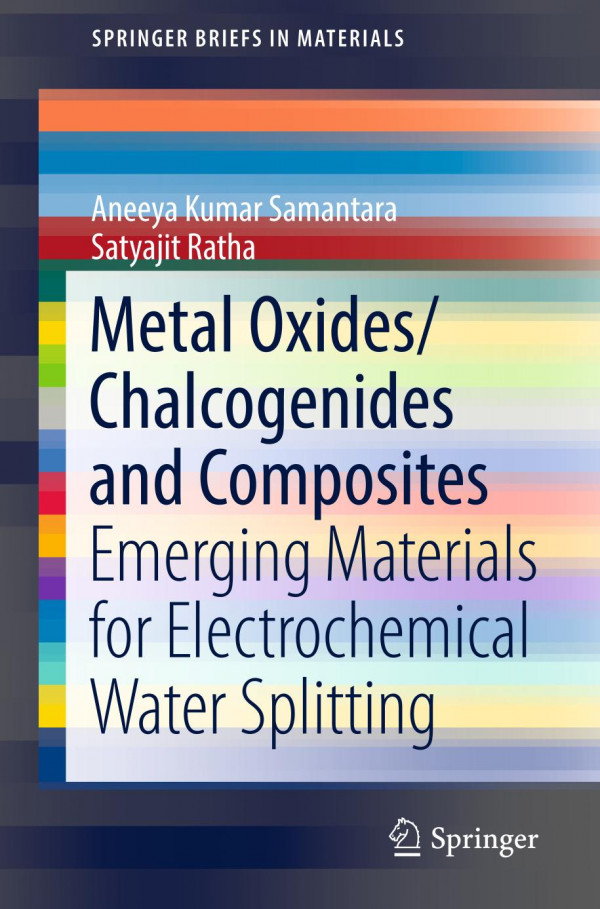

Most ebook files are in PDF format, so you can easily read them using various software such as Foxit Reader or directly on the Google Chrome browser.
Some ebook files are released by publishers in other formats such as .awz, .mobi, .epub, .fb2, etc. You may need to install specific software to read these formats on mobile/PC, such as Calibre.
Please read the tutorial at this link: https://ebookbell.com/faq
We offer FREE conversion to the popular formats you request; however, this may take some time. Therefore, right after payment, please email us, and we will try to provide the service as quickly as possible.
For some exceptional file formats or broken links (if any), please refrain from opening any disputes. Instead, email us first, and we will try to assist within a maximum of 6 hours.
EbookBell Team

4.0
86 reviewsThis book covers the recent development of metal oxides, hydroxides and their carbon composites for electrochemical oxidation of water in the production of hydrogen and oxygen as fuels. It includes a detailed discussion on synthesis methodologies for the metal oxides/hydroxides, structural/morphological characterizations, and the key parameters (Tafel plot, Turnover frequency, Faradic efficiency, overpotential, long cycle life etc.) needed to evaluate the electrocatalytic activity of the materials. Additionally, the mechanism behind the electro oxidation process is presented. Readers will find a comprehensive source on the close correlation between metal oxides, hydroxides, composites, and their properties and importance in the generation of hydrogen and oxygen from water.
The depletion of fossil fuels from the earth’s crust, and related environmental issues such as climate change, demand that we search for alternative energy resources to achieve some form of sustainable future. In this regard, much scientific research has been devoted to technologies such as solar cells, wind turbines, fuel cells etc. Among them fuel cells attract much attention because of their versatility and efficiency. In fuel cells, different fuels such as hydrogen, CO2, alcohols, acids, methane, oxygen/air, etc. are used as the fuel, and catalysts are employed to produce a chemical reaction for generating electricity. Hence, it is very important to produce these fuels in an efficient, eco-friendly, and cost effective manner. The electrochemical splitting of water is an environmentally friendly process to produce hydrogen (the greener fuel used in fuel cells), but the efficiencies of these hydrogen evolution reactions (cathodic half reaction) are strongly dependent on the anodic half reaction (oxygen evolution reaction), i.e., the better the anodic half, the better will be the cathodic reaction. Further, this oxygen evolution reaction depends on the types of active electrocatalysts used. Though many more synthetic approaches have been explored and different electrocatalysts developed, oxide and hydroxide-based nanomaterials and composites (with graphene, carbon nanotubes etc.) show better performance. This may be due to the availability of more catalytic surface area and electro active centers to carry out the catalysis process.